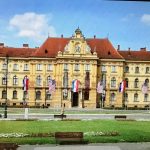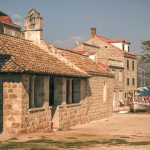TCN is launching a new series dedicated to Croatian cities, villages and islands that experienced notable emigration in the 20th century. We kick off with Susak, a small island in Kvarner bay which saw a massive exodus in the 60s, leading to a thriving community in New Jersey, US
Any mention of Susak island in a conversation will usually have people citing massive emigration and ‘that pretty costume’. While both are true, and we’ll get to that in a minute, Susak has a fascinating history and culture whose features go far beyond the folklore and diaspora. Let’s delve into the many aspects of this unique destination:
Susak is a small island located in Kvarner bay on the northern Adriatic, southeast off the coast of Istria. It neighbours the islands of Lošinj, Unije, Vele and Male Srakane, and Ilovik. It’s approximately 3 kilometres long and 1.5 kilometres wide, covering a surface of 375 hectares with the highest elevation point (Garba) at 98m above sea level.
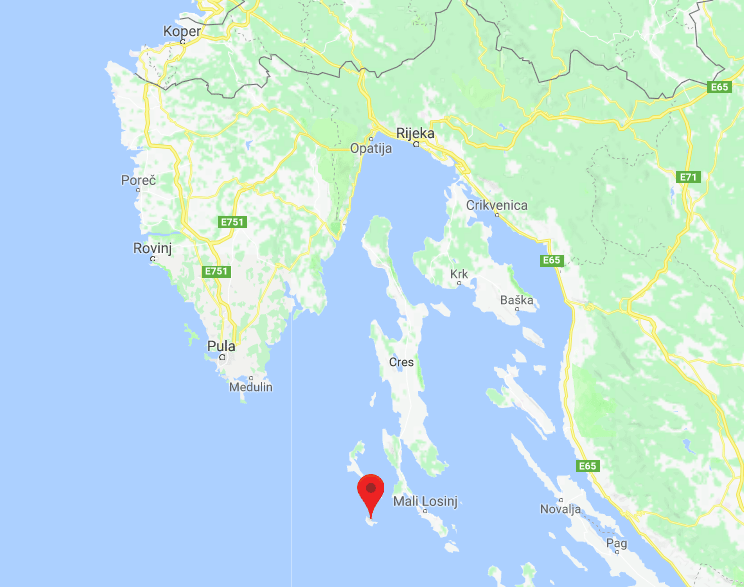
The island is known for its unique geological features: it has a limestone rock base covered with fine sand of Aeolian origin, the latter presenting somewhat of a mystery, as it hasn’t yet been precisely established how the layer of sand came to appear on the entire island, with none of the neighbouring islands sharing the same trait.
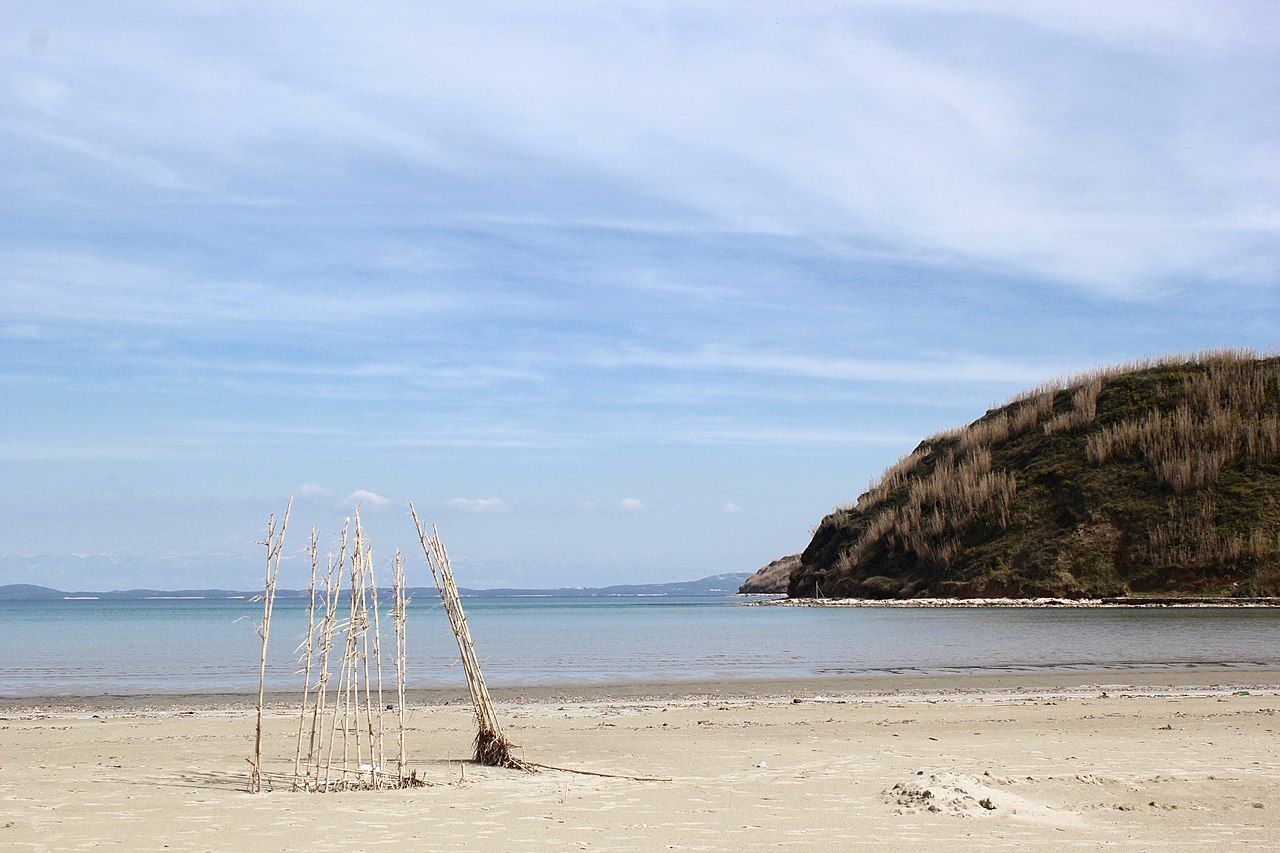
History
The name ‘Susak’ is said to be derived from the Greek word sampsychon (marjoram), a term which Romance languages later adopted and transformed into multiple variations such as sansegus and sansicus. Since the Middle Ages, the island has been commonly referred to as Sansego in Italian; this particular variation of the name was first mentioned in Venetian chronicles written by John the Deacon in the early 11th century. This historical source features an account of a naval battle between the Saracens and the Venetian fleet in 844, with the latter seeking refuge near Susak after having been defeated at sea. From that point on, Sansego was mentioned several times in official Venetian documents in the 13th and 14th centuries.
Having been subjected to numerous rulers and regimes in the past, Susak has a long and tumultuous history. The entire story has proven hard to piece together, supposedly owing to the lack of formal education on the island prior to the 20th century. Considering that hardly any historical documents have been found on the island itself, Susak’s history was mostly reconstructed on the basis of other historical sources that mention the island, as well as within the context of historical development of the wider geographical and cultural area.
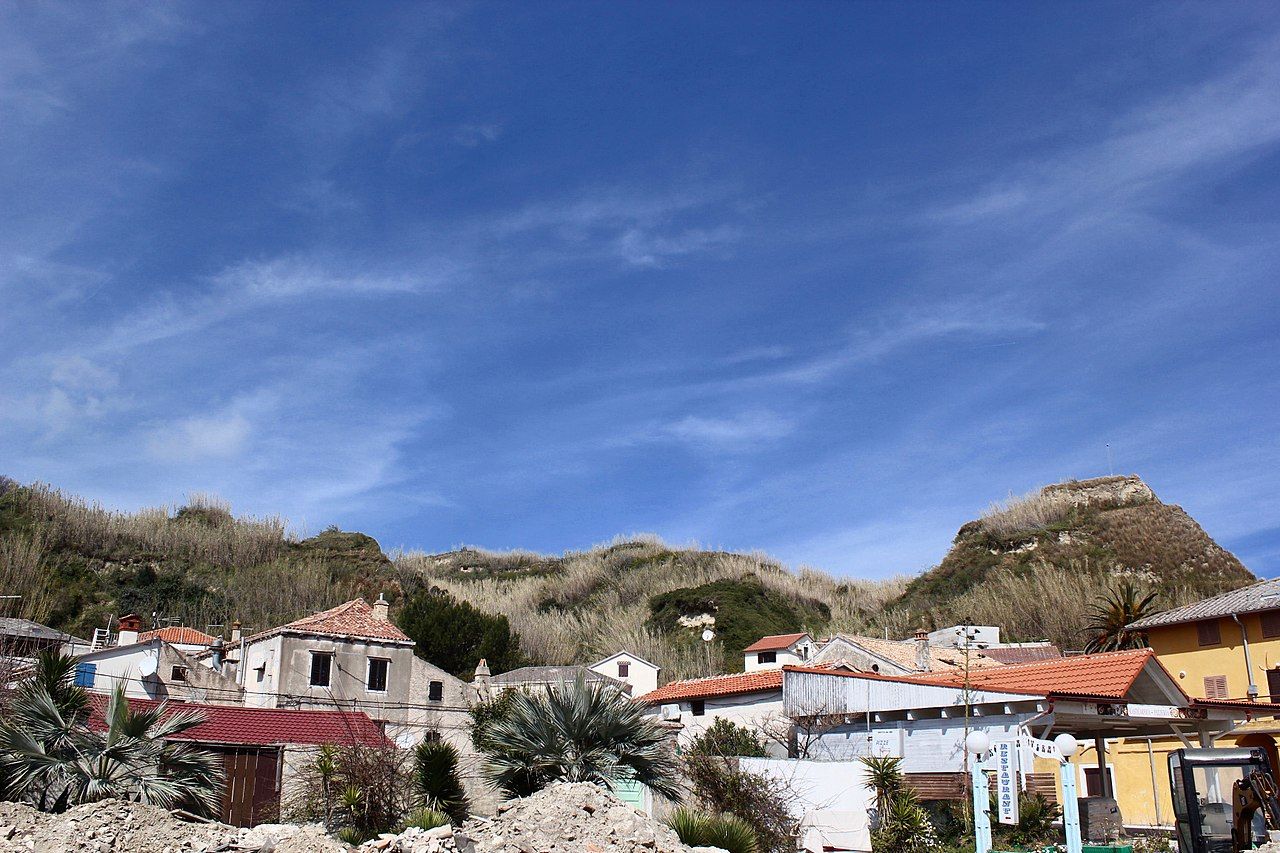
Susak was first inhabited by the Illyrians, Greek sailors, and wealthy Romans who reportedly used the island as a summer resort. Even though no historical evidence to those facts has ever been found on Susak, neighbouring islands house ancient remains such as architecture, mosaics and sarcophagi which support the possibility of Susak having been inhabited as early as in ancient times. In the early Middle Ages, the island would have been ruled by the Byzantine Empire, followed by the Croatian Kingdom in the 10th and 11th centuries. Around 1071, Croatian King Krešimir allowed Benedictine monks to build an abbey on Susak, giving way to the Benedictine order governing the island until the late 13th century. Susak was part of the Osor diocese at the time.
In 1267, Istria was taken over by the Republic of Venice, leading to Susak ceding to Venetian rule as well. The island was governed by Venetians until 1797, when the gradually declining republic came crumbling down, with most of its territory divided between Austria and France. Napoleon Bonaparte ceded the area between Istria and Dalmatia – Susak included – to Austria.
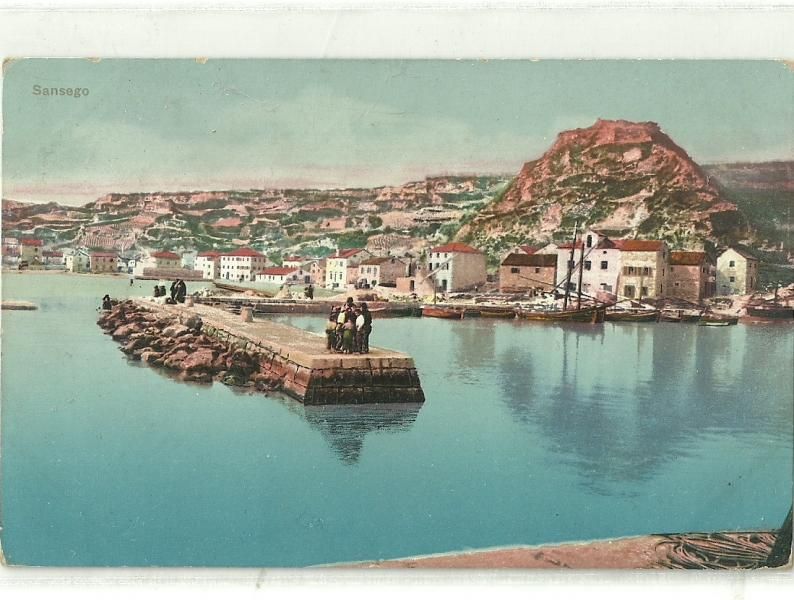
Old postcard of Susak / Kolekcionar
Things progressed at a faster rate from this point on: event though Susak technically belonged to Austria at the time, it was still under jurisdiction of Napoleon’s Illyria until 1815 when Austrians annexed most of the region, continuing to rule the island and the surrounding territory until the end of World War I. After the fall of the Austro-Hungarian Empire in 1918, the region was given over to Italy. Mussolini’s government swiftly launched a process of Italianisation, enforcing Italian as the official language and forcibly changing the spelling of several surnames on Susak.

In the middle of World War II, the Nazis took control of the area and established the Operation Zone of the Adriatic Littoral; after the end of the war, Susak became part of Yugoslavia. The island has been a part of Croatian territory since Croatia proclaimed independence in 1991. The only inhabited place on the island is Susak town which consists of two parts: Gornje selo (upper village), the older part of the settlement that houses the church, and Donje selo (lower village) located on the coast and housing a small port.
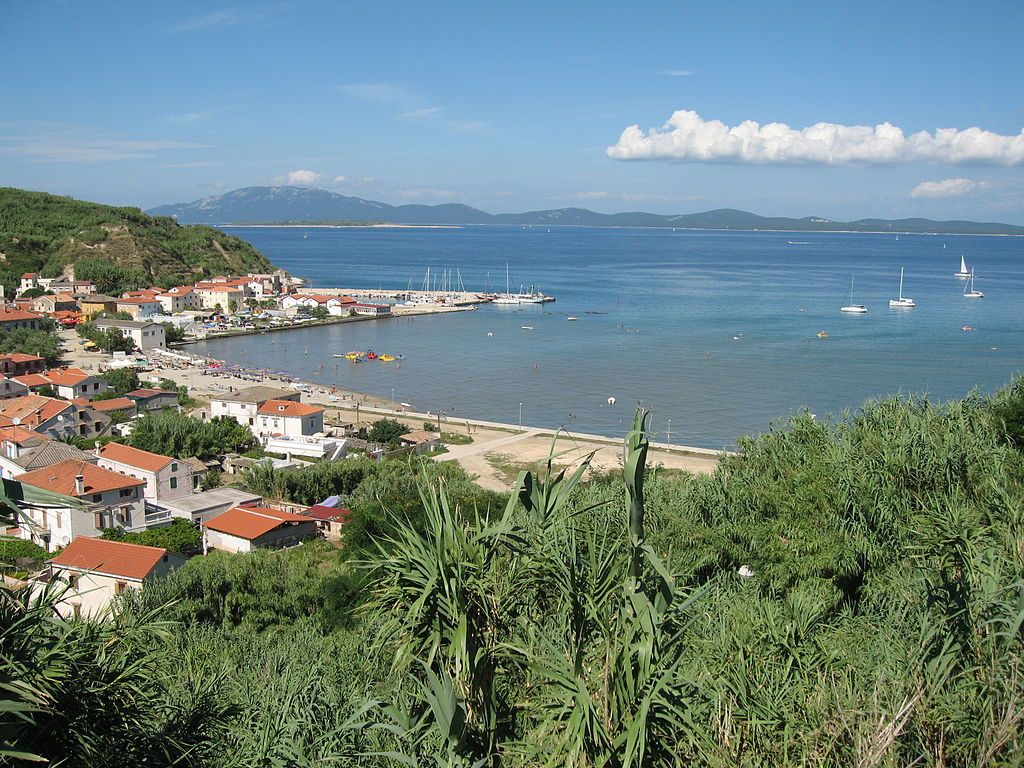
Culture
The political turmoil in the last couple of centuries alone resulted in a variety of cultural influences which left a mark on the population of Susak. The islanders call themselves Sansegots and speak in a local dialect that is best described as a blend of Old Croatian, Italian, French, and German; Susak’s isolated position allowed for the language to develop without major linguistic influences from the neighbouring islands or the mainland.
Another specific facet of the island’s unique culture is its folklore: Susak is widely known for its traditional costumes. Women of Susak used to wear two different types of outfits, one called ‘po susacku’ (the Susak way) and the other ‘po losinsku’ (the Lošinj way). The former consists of a knee-length black skirt (kamizot), white linen shirt (kosula) topped with a sleeveless vest (bust) and a scarf (bravaruoul). This type of clothing has gone out of fashion in recent decades and is rarely to be seen on the island, instead getting replaced by the more festive ‘po losinsku’, mostly worn by girls and young women on special occasions such as festivals and feast days.
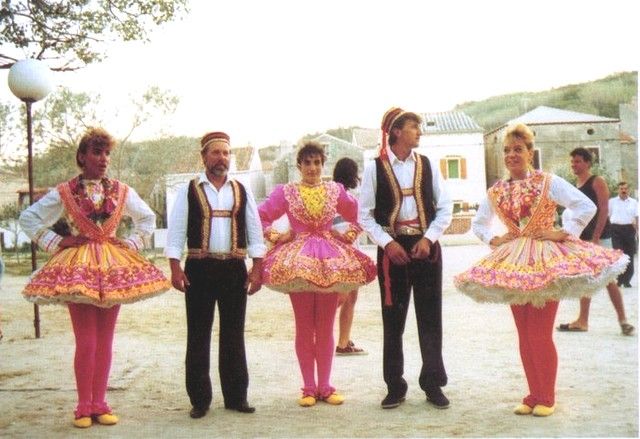
‘Po losinsku’ features what is arguably the shortest traditional skirt in Croatia: layer upon layer of ruffled white petticoats, topped with a colourful pink apron and a matching pair of vibrant tights. The skirt is paired with a tight shirt made of artificial silk (zabajka), and a brightly coloured scarf that’s folded over the chest and tucked into the skirt.
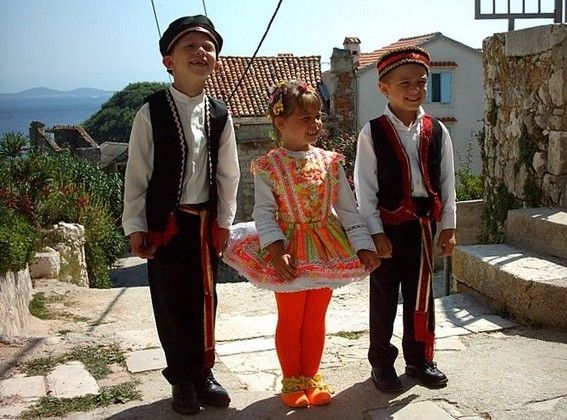
Traditional costumes of Susak / Croatia
The men’s costume is way less flashy, consisting of black trousers with a knitted rope belt, a white linen shirt, a black vest lined with colourful embroidery, and a cap.
Apart from the traditional clothing, songs, and dances, Susak’s folklore also involves a notion of mythological evils. Even though the population is predominantly Catholic, some of the ancient superstitions survive to this day, and it’s believed that predatory dark beings reside on locations named Obis and Puntina. An evil named Mora (nightmare) is believed to attack people during night time, while another named Mrak (darkness) is said to strangle people to death. Save for physically fighting them off, one can only defeat the threatening evils with fire – including cigarettes.
Economy and emigration
In the past, Susak’s inhabitants mostly made their living from farming, fishing, and wine making. The economy flourished until the middle of the 20th century; a fish cannery was operating on the island until the 40s, and a Cooperative wine cellar was running from 1936 to 1969, processing 1400 tonnes of grapes each year and producing close to 90% of red wine and 10% of white. The island even has an indigenous red grape variety called Sansigot, supposedly brought over by the ancient Greeks. Almost a third of the entire island’s surface was planted with Sansigot which flourished on the sandy soil; the variety later spread to the islands of Krk, Cres and Lošinj where it was used blended with other local varieties. (Read more here.)
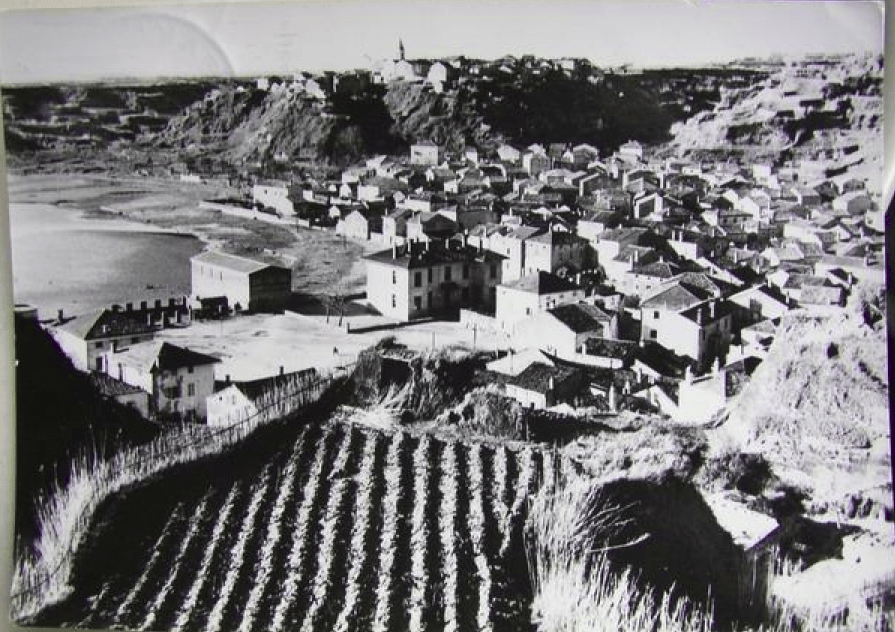
The island’s economy – including the unfortunate Sansigot – fell victim to a massive exodus that took place in the 60s. The Communist regime launched a nationalisation process and an agricultural reform, and the majority of the population decided to leave the island for political or economic reasons. During the 60s, the number of Susak’s inhabitants dropped by 1395; from that point on, the population continued to decrease to the current number of around 150 residents.
Most Sansegots fled via Italy to Hoboken, New Jersey; others have moved to France, Canada, Argentina and Australia. Nowadays, the largest number of families originating from Susak reside in New Jersey and the wider New York City area, and it’s estimated that the Susak diaspora based in the US currently counts between 2500 and 4000 people. Here’s a list of surnames indigenous to Susak, with spelling variations noted in the brackets:
Busanić (Bussanich, Bussanic)
Hrončić (Hroncich, Hroncic)
Matesić (Mattessich)
Mirković (Mircovich)
Morin
Picinić (Picinich, Piccinich, Picinic, Piccinic, Picini, Piccini)
Skrivanić (Scrivanich)
Tarabokija (Tarabocchia, Tarabochia, Tarabokia)
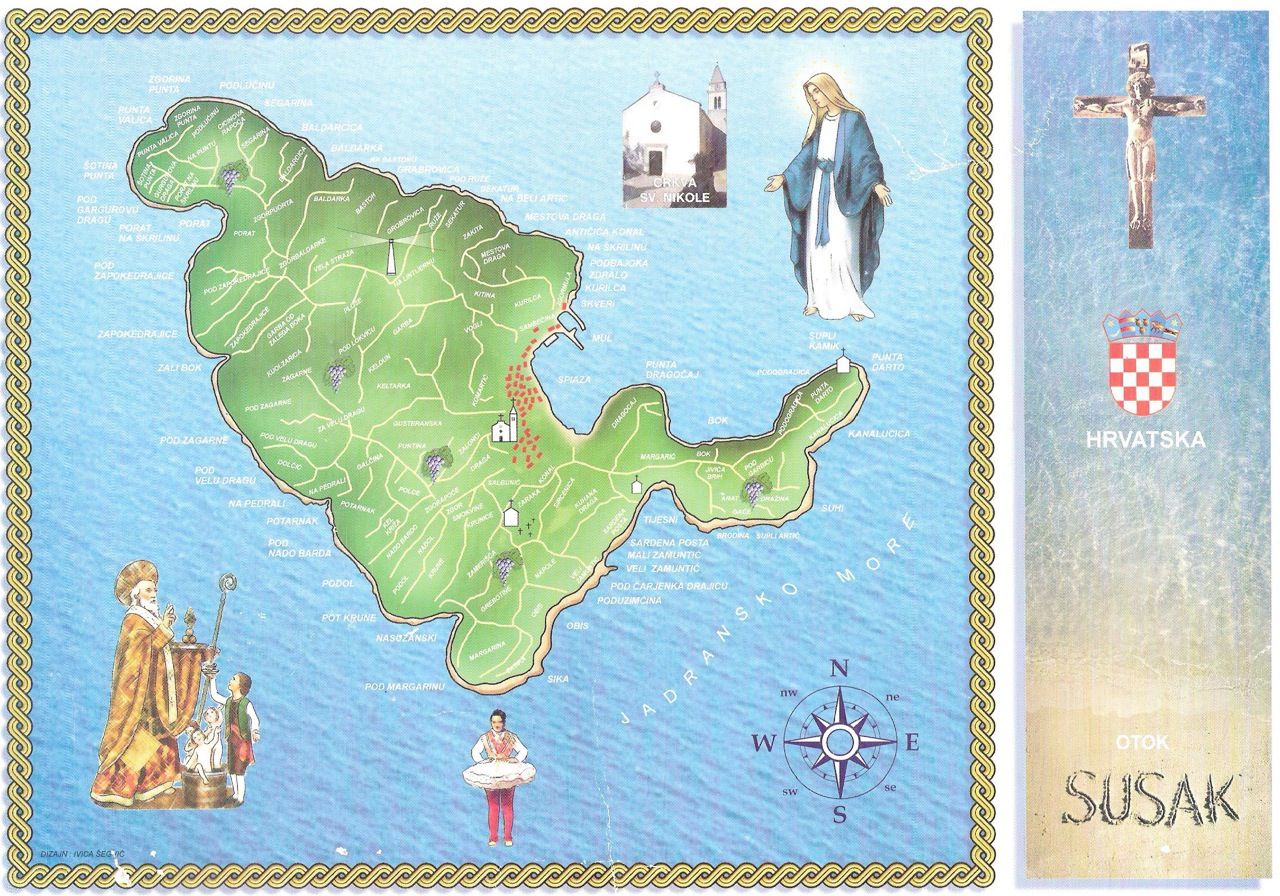
In 1948, an emigrant from Susak named John Matesić founded the Society of St. Mikula from Susak (Društvo Svetoga Mikule od Suska) in Hoboken, aiming to provide support to all families from the Croatian island who were immigrating to the US. Since 1985, the society has been based in Fairview, New Jersey. Other associations founded by Susak emigrants include the Sansego Soccer Club (Hoboken, 1960) and the Susak Klapa (Hoboken, 1981).
To this day, the American branch of the Susak diaspora sticks together, keeping the tradition and the language alive. In fact, Susak is one of few emigration hotspots in Croatia that are regularly visited by their former inhabitants: the island has been celebrating the Day of Emigrants every last Sunday in July since 1985. Former Sansegots and their families gather on Susak to pay tribute to their heritage and keep in touch with the remaining population.
Do you have a location you would like us to feature? Send an email to news@total-croatia-news.com or message us on Facebook. We also wish to encourage readers of Susak origin to contact us and share their stories and photographs.
Sources: Priča o Susku, Susak Klapa, Island of Susak


